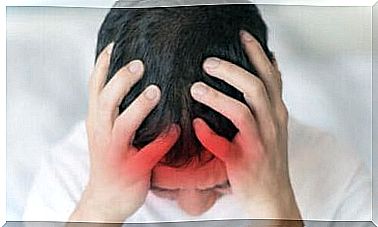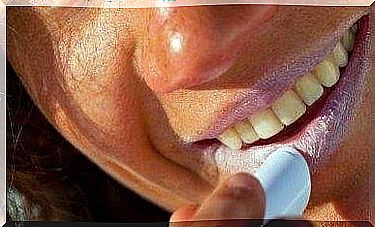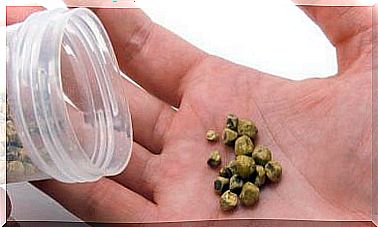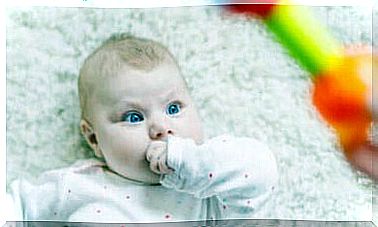Baby Sleep Apnea: Symptoms And Treatment
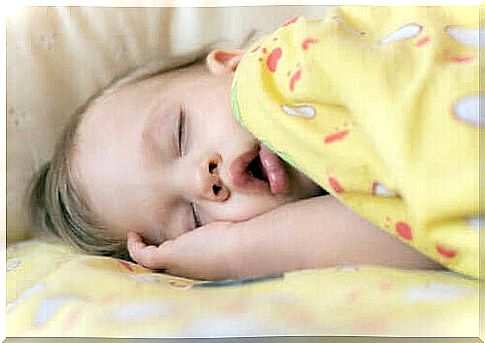
When is Baby Sleep Apnea? First, it is important to know that it is about more than just snoring, which some children experience immediately after birth. This disorder in question is associated with sleep-altered breathing changes.
A baby’s obstructive sleep apnea occurs when the baby’s breathing is interrupted momentarily. This respiratory failure may be partial, with some air passing through the airways, or complete, with no oxygen exchange during the entire break.
It is for this reason that sleep apnea is severe and requires immediate attention and treatment. When the gases necessary for metabolism do not enter and leave the body, many functions of the body, including brain functions, are disrupted.
Read more about baby sleep apnea and its possible treatments below.
Causes of obstructive sleep apnea in infants
The origin of the problem in young children lies in the anatomy of their upper respiratory tract. Children have smaller airways than adults, and their limited diameter can collapse momentarily due to tracheal flexibility.
In some babies, the upper respiratory tract is even narrower than in others due to their exceptional anatomy or recurrent infections.
One of the most common causes of this affliction in children is hyperplasia of the pharynx and guitars. They can increase in size and prevent air from entering the body properly, especially when lying down.
The shape of the lower jaw is also a risk factor. In children with small jaws, the air inlet is different in shape and makes it difficult for air to enter.
Overweight babies have a double risk. On the one hand, the fat that accumulates on the neck presses on the airways, and on the other hand, their tongue increases in size and retracts when sleeping.
Children with CP disability are a special case because one of the features of this disease is weaker muscle tone, which contributes to airway obstruction.
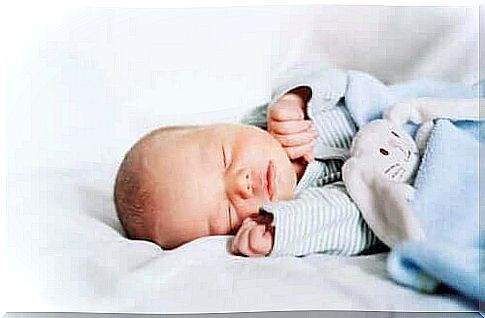
Baby sleep apnea: noticeable symptoms
Signs and symptoms of obstructive sleep apnea in infants are related to the respiratory system. One of them is snoring. Babies with sleep apnea snore extremely much and often as loudly as adults.
Snoring is usually associated with shortness of breath. Apnea is when there is no inhalation and exhalation and the lung mechanics are temporarily interrupted.
This phenomenon is often noticed by parents or guardians, but sometimes it can go unnoticed. This does not mean that the baby’s breathing should be constantly monitored while he is sleeping, but it (especially the sounds of sleep) should be paid attention to from time to time.
A baby with obstructive sleep apnea breathes through the mouth rather than the nose because this mechanism allows more air to enter. This dries the mucous membranes of the mouth and nose, increasing the feeling of thirst and nocturnal awakenings.
Long-term effects of obstructive sleep apnea in infants
What are the consequences of poor sleep quality and poor oxygen supply during sleep? Well, babies with this disorder tend to be overworked during the day, which increases calorie intake. This in turn can slow weight gain if the energy deficit is not properly compensated.
A baby with obstructive sleep apnea also has a risk of early changes in their budding teeth. According to an article in the Revista de la Asociación Mexicana , bruxism is more common in children with sleep problems.
Sleep apnea in infants is also associated with longer-term consequences that affect up to adolescence and adulthood. Such individuals are more likely to develop high blood pressure and cardiovascular disease. However, this is most common in overweight children.
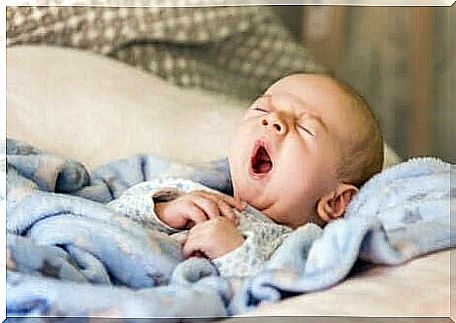
Possible treatments
Treatment options for obstructive sleep apnea are numerous and their use is not always agreed upon. Possible treatments include:
- Nasal corticosteroids , or specific drugs for nasal congestion. They work for runny nose and always require a prescription from a doctor.
- Guitar surgery, or adenoidectomy, is an alternative treatment for children who experience guitar hyperplasia.
- In mild cases, hygiene and dietary measures work, ie making changes to the child’s habits. For example, change your child’s lying position, sleeping times, and meal times, and avoid giving food, especially just before bedtime.
- CPAP devices are intended for severe cases where the previously mentioned options are not effective. In it, positive air pressure is introduced into the airways to force enough oxygen into the lungs. This is usually the last straw.
Is baby obstructive sleep apnea a cause for concern?
Don’t panic if your baby is diagnosed with sleep apnea, but start treatment as soon as possible. The baby’s growth phase is important because it is the foundation of the rest of your life.
Correct any problems quickly to avoid serious problems later. Your pediatrician will be able to advise you on the best treatment options and what you can do on a daily basis to improve the situation.



